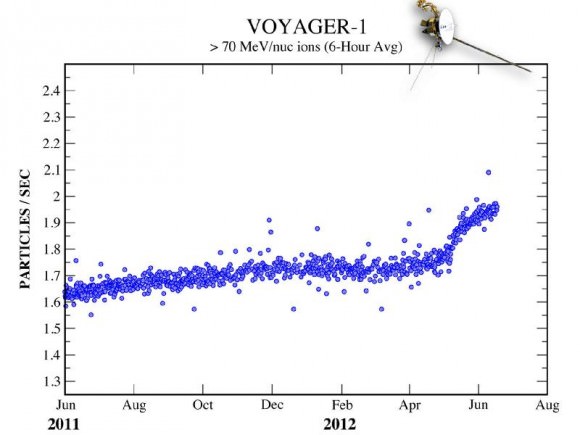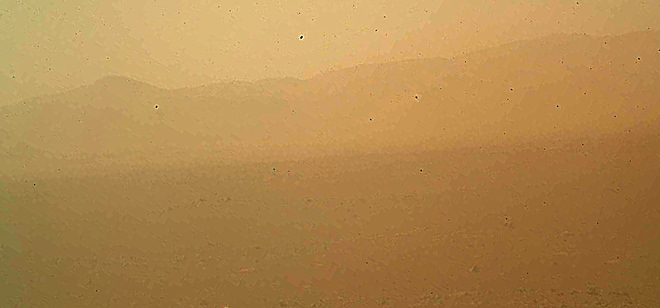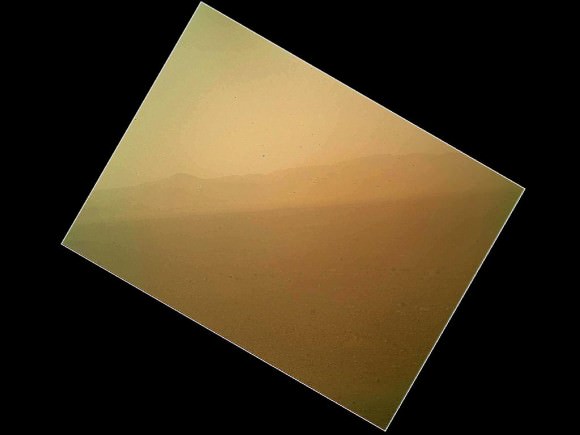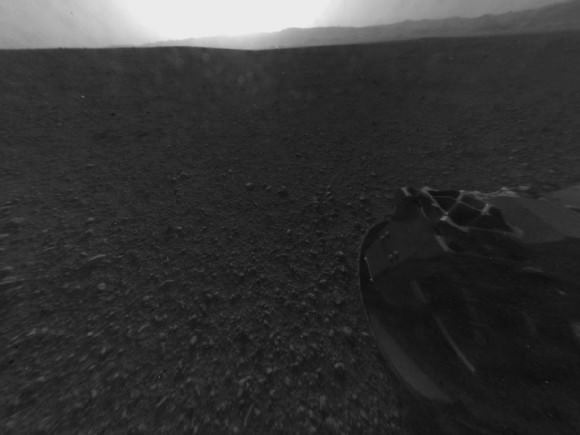Iconic Apollo astronaut and Moon walker Neil Armstrong is recovering from heart surgery, but is doing well. Reports say that Armstrong, 82, underwent quadruple bypass heart surgery Tuesday after failing a stress test. His wife, Carol, says “He’s doing great.”
“NASA wishes Neil Armstrong the very best for a quick recovery from surgery,” said NASA Administrator Charles Bolden in a statement. “Neil’s pioneering spirit will surely serve him well in this challenging time and the entire NASA Family is holding the Armstrong family in our thoughts and prayers. I know countless well-wishers around the world join us in sending get well wishes to this true American hero.”
Armstrong’s spirits are reportedly high, and even though surgeons had to bypass four blockages in his coronary arteries, the doctors expect no complications with his recovery.
The first man to walk on the Moon celebrated his 82nd birthday on August 5.
Armstrong made history on July 20, 1969 when he walked on the Moon. Previously he flew on Gemini 8 in 1966 with Dave Scott, and he also flew to the edge of space during his time with NASA’s X-15 program.
Armstrong kept a low public after the Apollo 11 mission, but has recently testified at congressional hearings on the future of NASA human spaceflight. He was awarded the Congressional Gold Medal last November.
Source: Cosmic Log


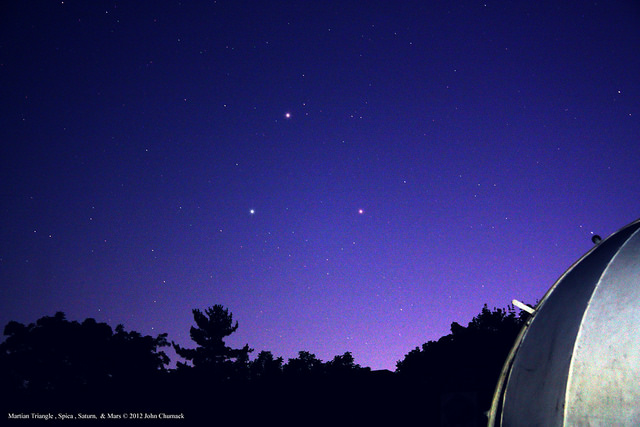
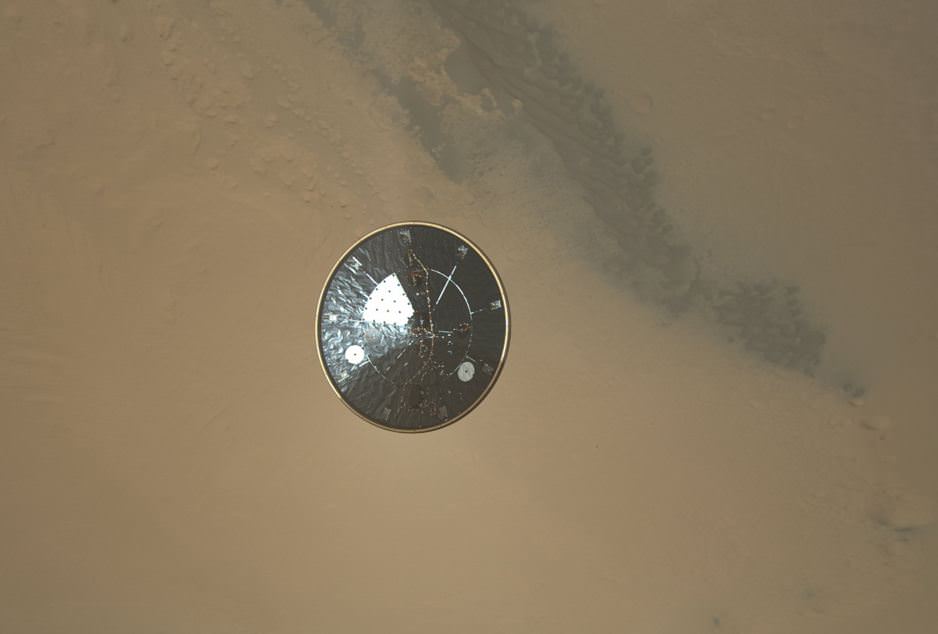
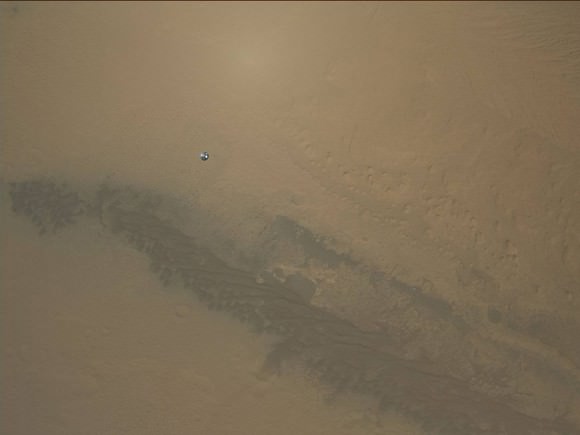
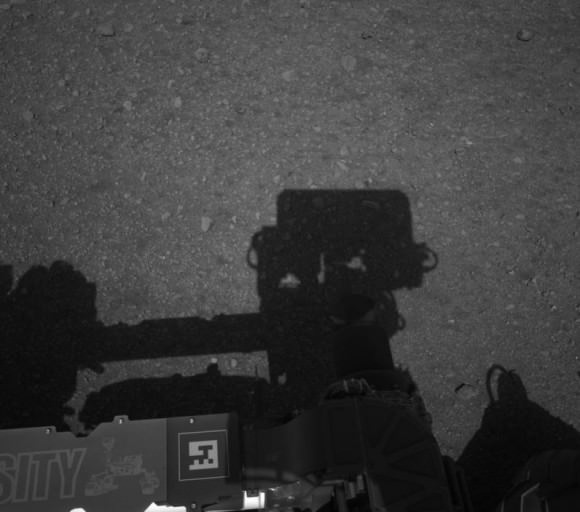
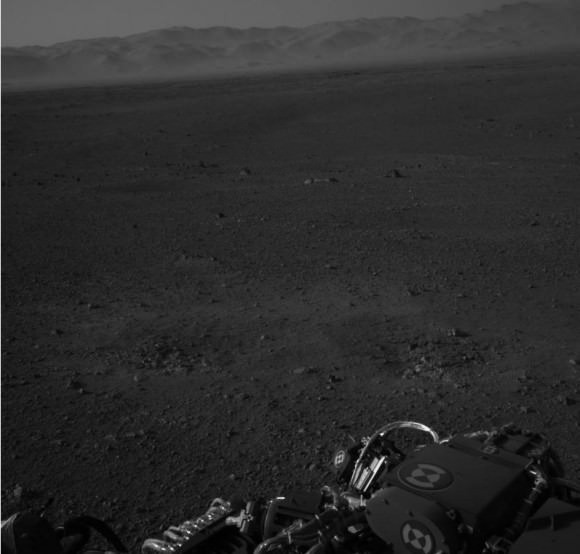

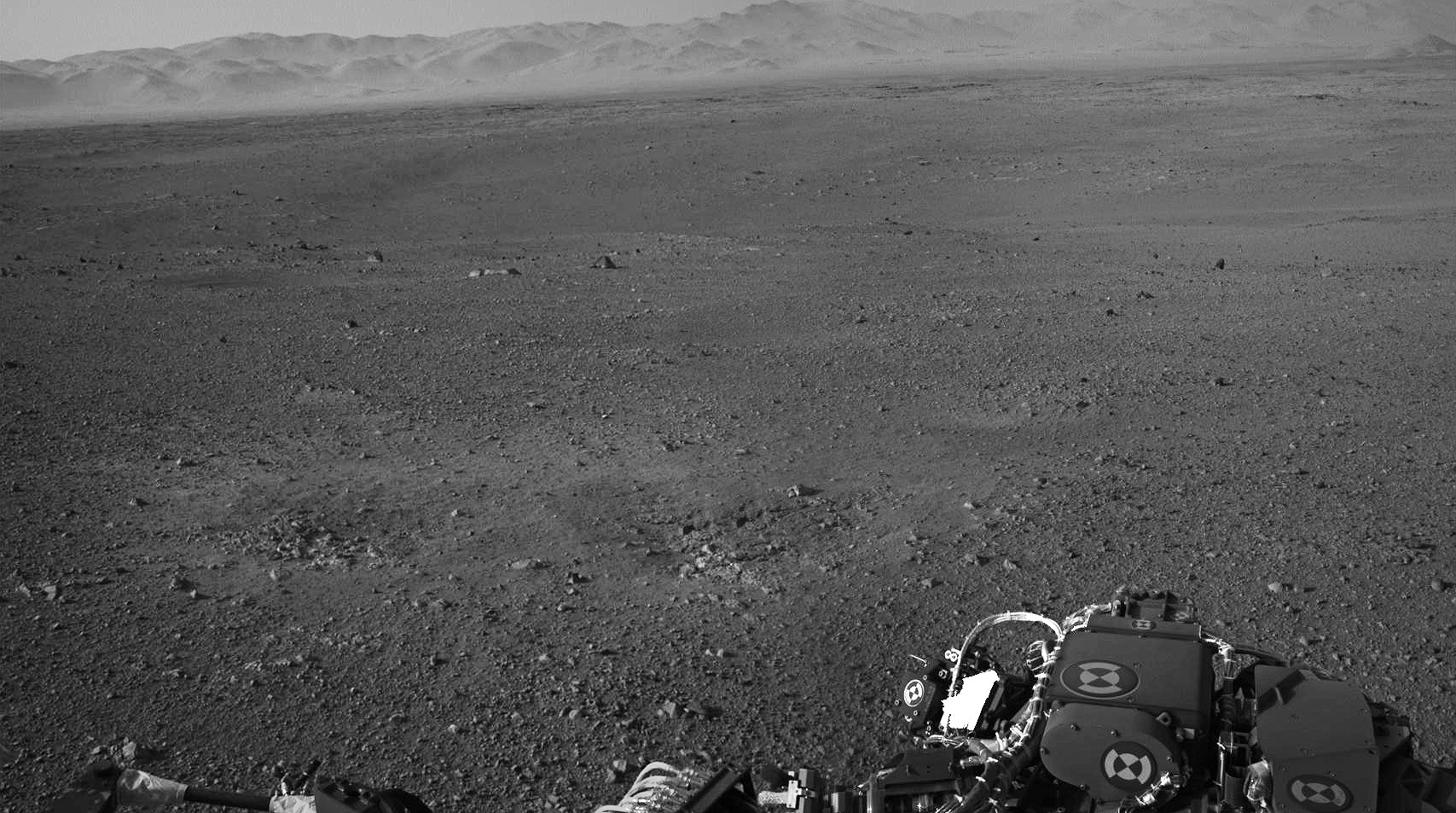
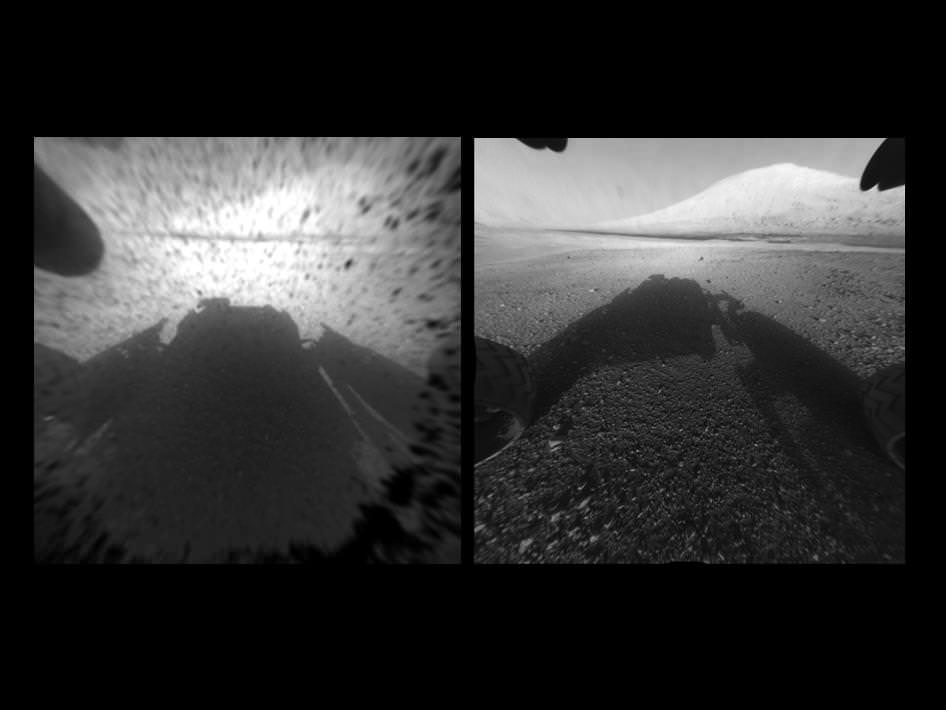
![673969main_PIA15993-43_full[1]](https://www.universetoday.com/wp-content/uploads/2012/08/673969main_PIA15993-43_full1-580x435.jpg)
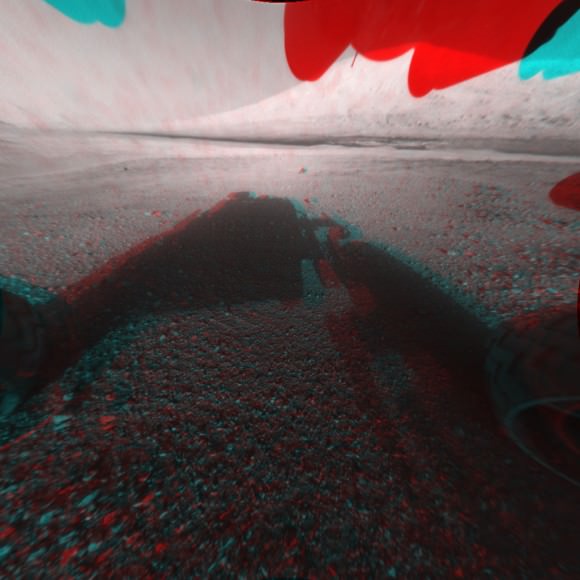

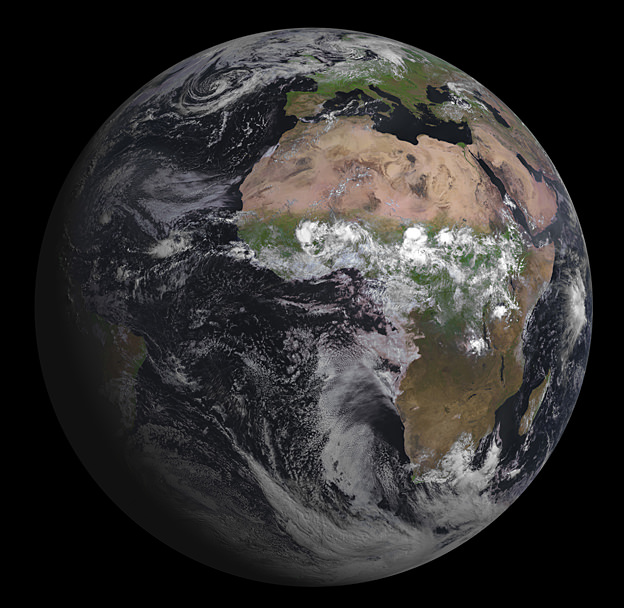
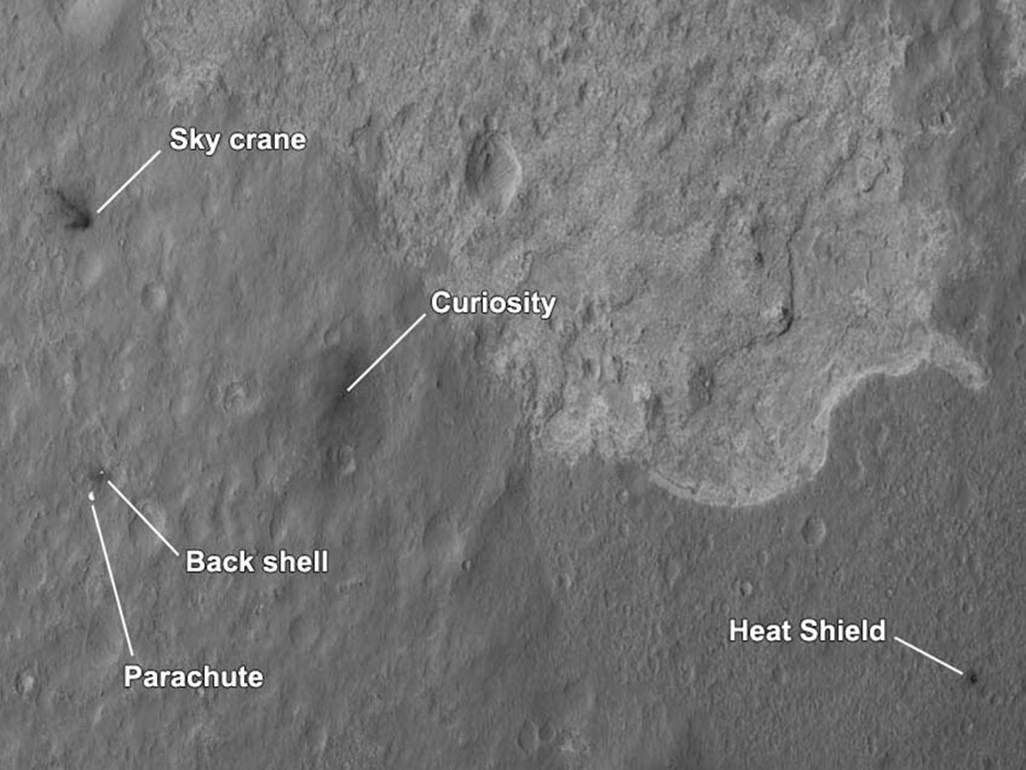
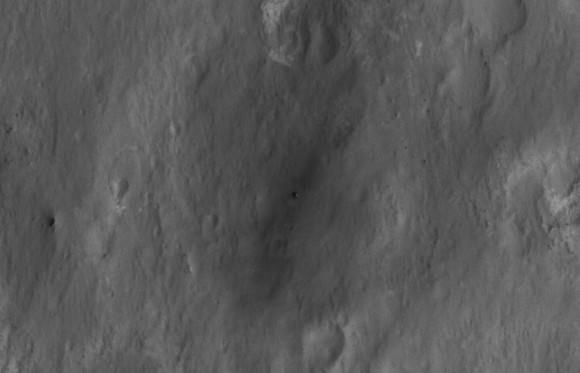
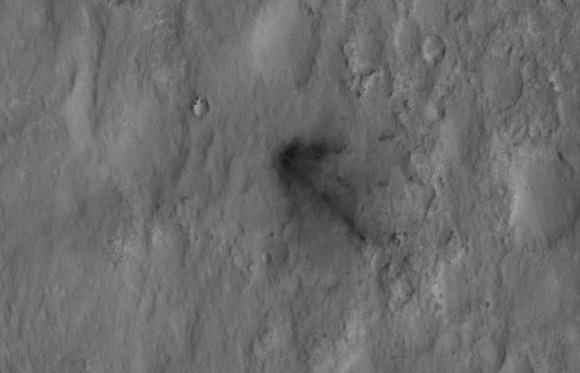
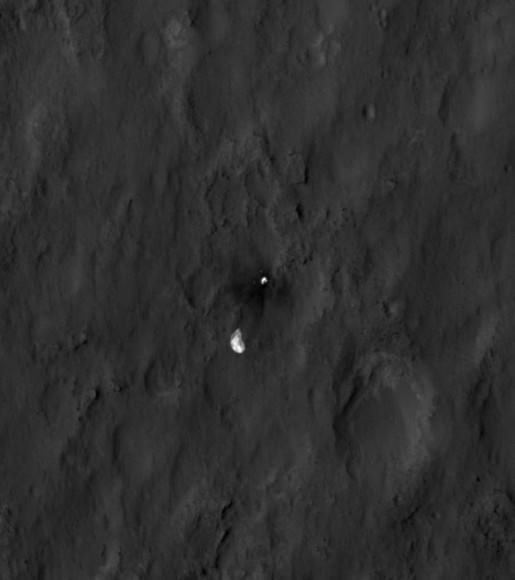
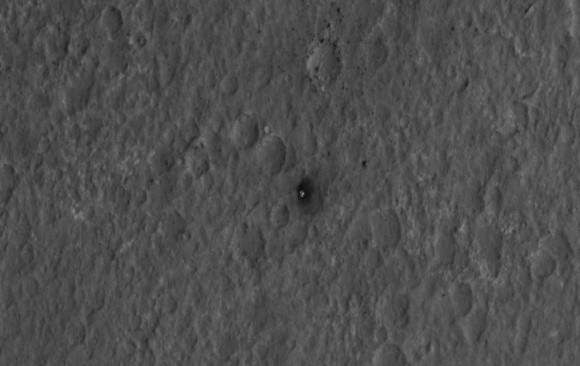
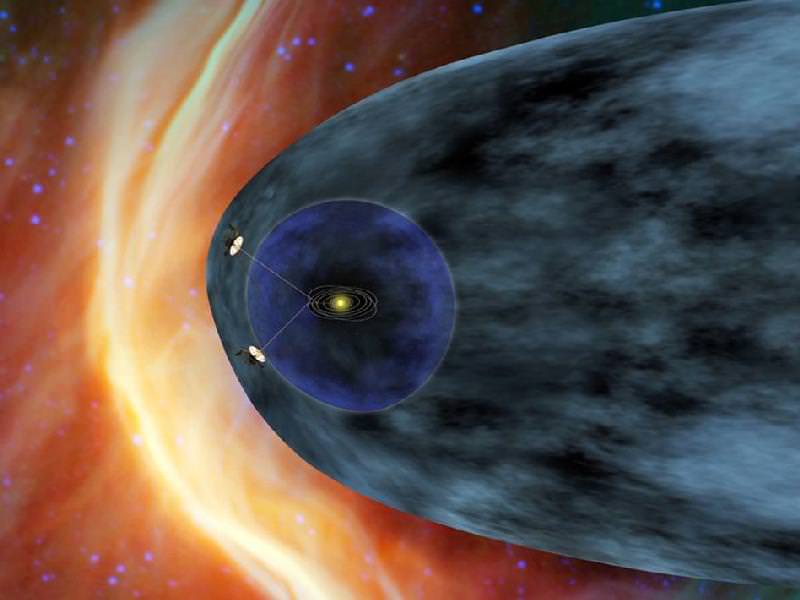
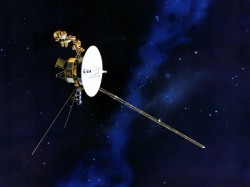 Data sent from Voyager 1 — a trip that currently takes the information nearly 17 hours to make — have shown steadily increasing levels of cosmic radiation as the spacecraft moves farther from the Sun. But on July 28, the levels of high-energy cosmic particles detected by Voyager jumped by 5 percent, with levels of lower-energy radiation from the Sun dropping by nearly half later the same day. Within three days both levels had returned to their previous states.
Data sent from Voyager 1 — a trip that currently takes the information nearly 17 hours to make — have shown steadily increasing levels of cosmic radiation as the spacecraft moves farther from the Sun. But on July 28, the levels of high-energy cosmic particles detected by Voyager jumped by 5 percent, with levels of lower-energy radiation from the Sun dropping by nearly half later the same day. Within three days both levels had returned to their previous states.